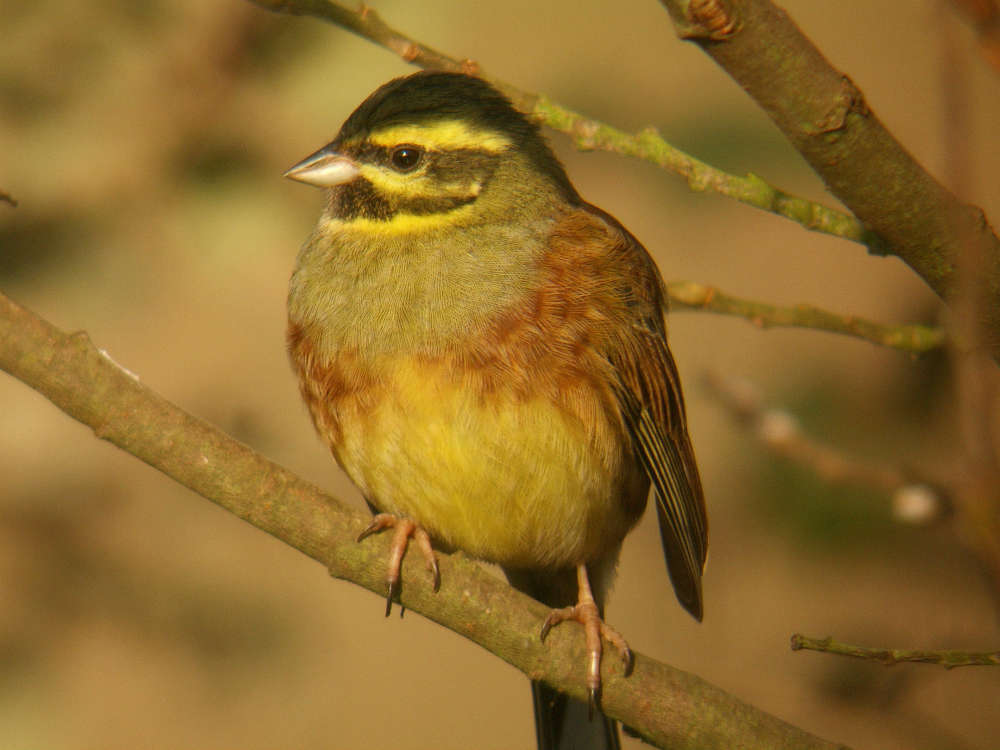
Cirl buntings are little breeders
The South Hams has an abundance of cirl buntings, birds that are meant to be rare, but seem to enjoy reproducing in the Devon countryside.
Sixty breeding pairs of the birds have been recorded between Bolt Head and Bolberry Down on land owned by the National Trust - an increase of a third in previous years, and the highest count in the area since recording began in 2012.
The area is one of the most important sites for cirl buntings in the UK, which are currently classified as red conservation status.
The National Trust has improved habitat and food sources for the birds by making small changes to farm animal grazing patterns along the coastline. A mixture of sheep grazing during the winter and low-level cattle grazing in the summer months has helped to create a rich grassland abundant with wildflowers. This has helped to improve habitats for cirl buntings, but also the insects and native seeds they eat.
Emma Reece, area ranger for the National Trust in South Devon said: “We’re really pleased to see this boost in numbers this year. Our hope is that the work we’ve done will help to sustain the breeding pairs at this higher number for many years to come.
“A simple tweak to how we work with the grazing animals used has made this positive change. We plan to do more nature-friendly farming in the area which we hope will help sustain the cirl buntings. This will include allowing a mix of grazing techniques and allowing the borders around fields to grow, providing a variety of food sources for birds, bees and butterflies. We know it might look a little untidy, but this vital mix of long grasses and wildflowers is just what nature likes and needs to flourish.”
Patches of scrubby gorse, blackthorn and thick hedgerows have been created, which help to provide nesting sites and cover on the exposed coastal farmlands. The birds also need well managed grasslands full of wildflowers so there are lots of insects, such as grasshoppers, to feed on through the spring and summer when they are breeding. In winter they feed on seeds dropped from cereal harvest. Leaving large areas of stubble for them to forage helps provide access to this important food source for cirl buntings, and overwintering skylarks have also been seen benefitting too.
The cirl bunting has been monitored closely by local ornithologist Rob Macklin for the past six years. He noted that numbers have been healthy and stable at around forty breeding pairs, however this year has seen a record sixty pairs breeding through three National Trust farms between Salcombe and Hope Cove in South Devon.
Work has been going on through South Devon to improve habitat for cirl buntings since the 1990’s when their numbers declined to only 118 pairs nationally in 1989 and the RSPB launched a successful project to improve their habitat.
 Young voices barely registered in devolution consultation
Young voices barely registered in devolution consultation
 New pledge on South Hams Freeport funding
New pledge on South Hams Freeport funding
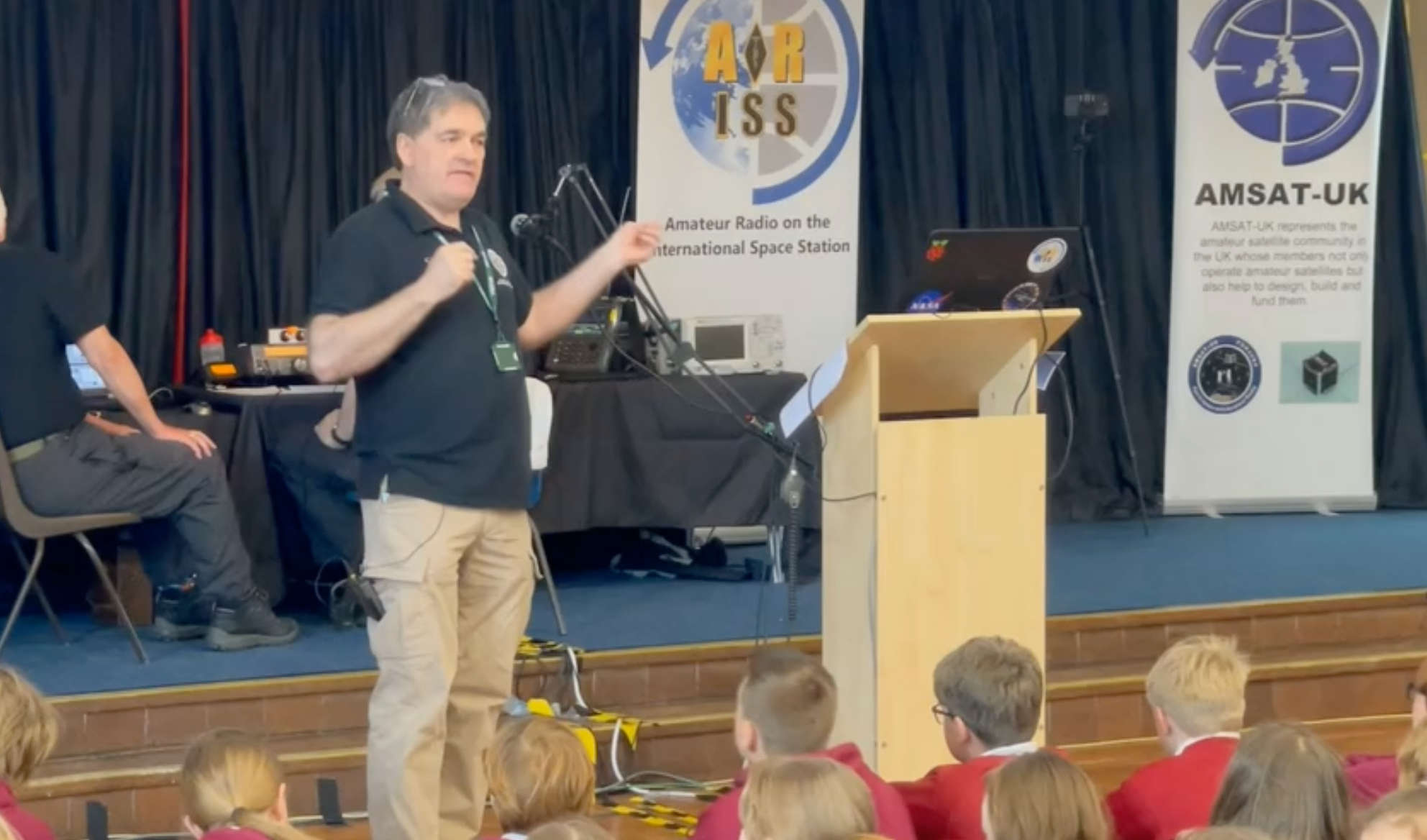 Axminster children connect with space station
Axminster children connect with space station
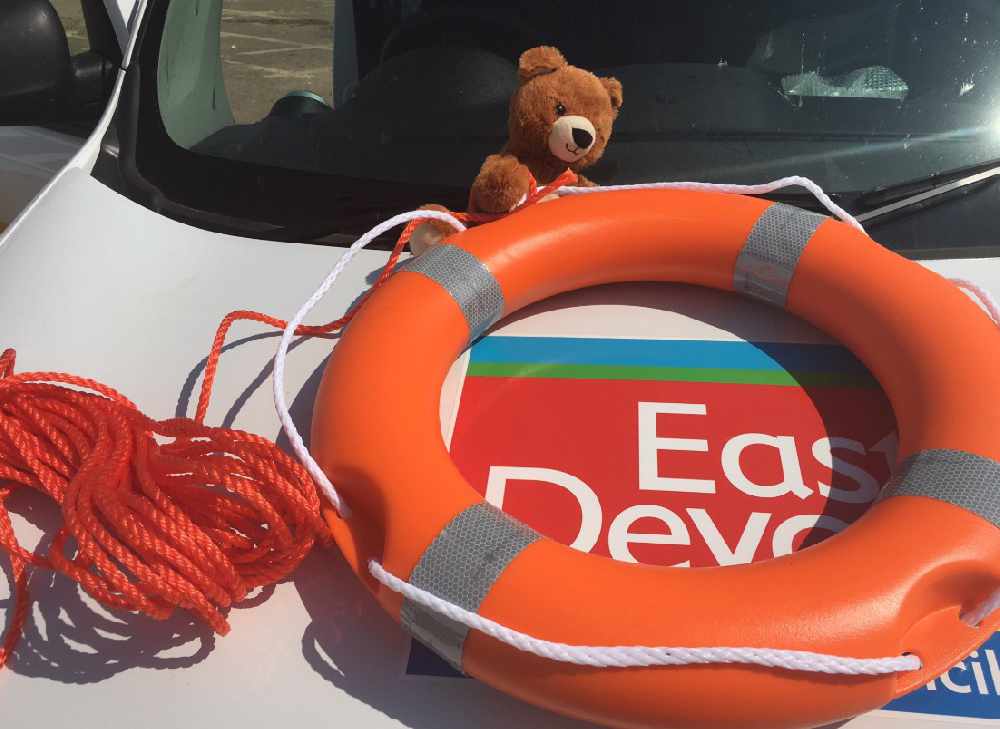 East Devon should get new CEO
East Devon should get new CEO
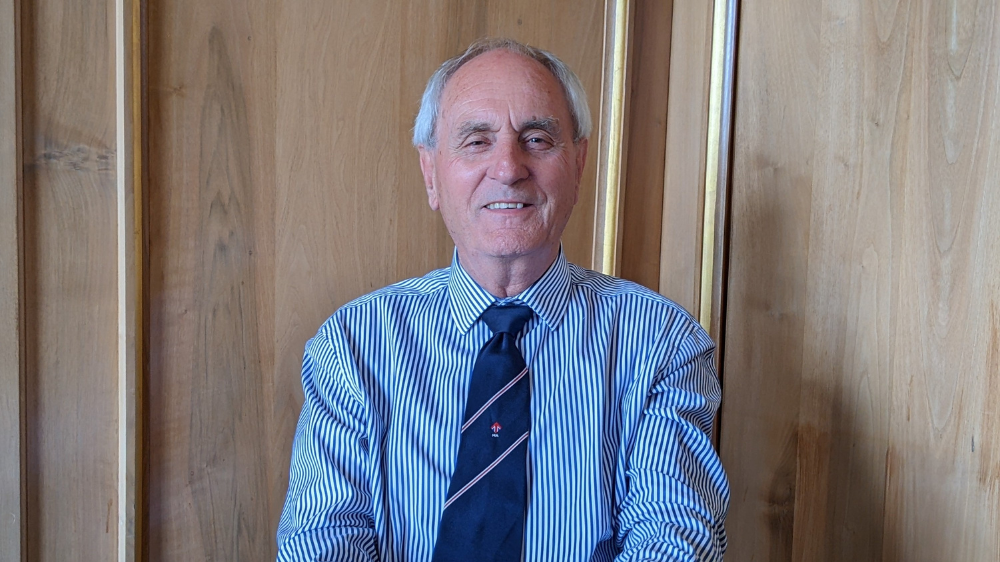 Long-serving County Council leader steps down
Long-serving County Council leader steps down
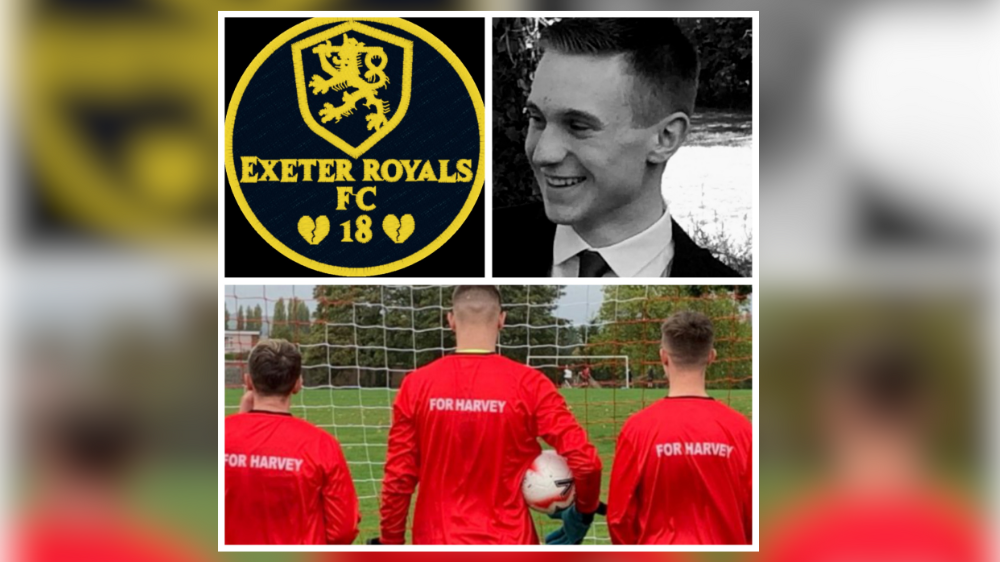 Football club changes kit to honor former player
Football club changes kit to honor former player
